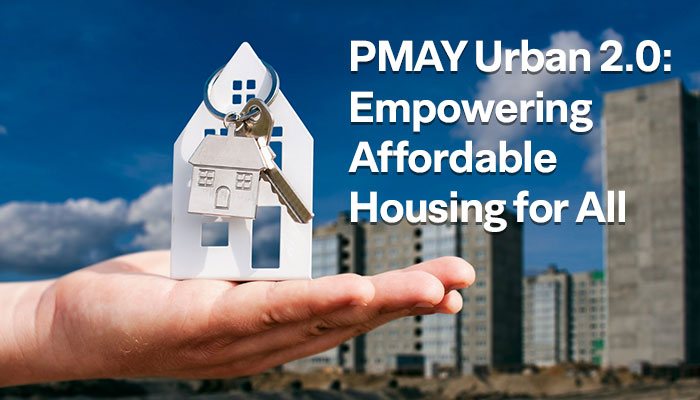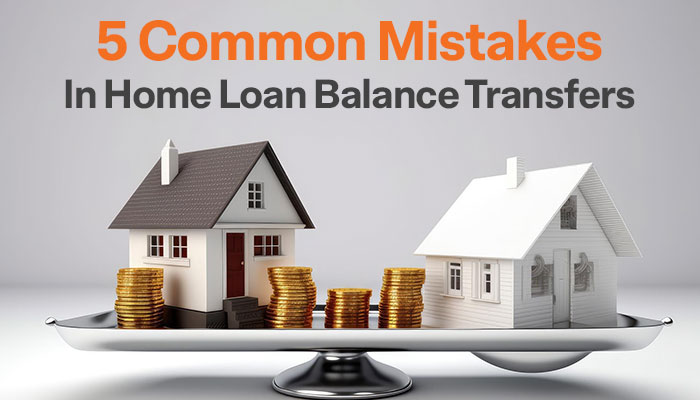Which Floor to Choose in a High-Rise Apartment?

Building skyscrapers not only enhances the aesthetics of a city but also tackles the space constraints effectively. There’s no doubt that high-rise buildings can easily accommodate a lot more families than mid or small-sized buildings or a city with more row houses and bungalows. However, you are destined to face one of the most common dilemmas if you are a first-time home buyer in a high-rise building – Which floor is best in an apartment?

To make things easier, we will help you determine which floor is best in high rise building. We will divide a skyscraper into 3 categories for better understanding – lower floors, middle floors, and top floors.
Lower Floors
Here’s what living on the lower floors of a high-rise building feels like:
|
Pros of living on lower floors |
Cons of living on lower floors |
|
Eliminates the need to climb stairs or use elevators in case you live on the lowest floors. |
Little privacy due to constant disturbances like noise from society compound, traffic, etc., leading to lower peace. |
|
Easy to evacuate during emergencies. |
Easy to break into by robbers, thereby requiring societies to spend a good sum on security. |
|
Easy access to society’s outdoor areas. |
Limited natural light. |
|
Convenient for ascending and descending quickly, especially if your building consists of 40, 50, or more floors. |
Prone to flooding during the rainy season |
|
Shifting is quite easy. |
Vulnerable to pests, rodents, and insects. |
|
Ground floors enjoy cool temperatures during summer. |
Middle Floors
Here’s what living on the middle floors of a high-rise building feels like:
|
Pros of living on middle floors |
Cons of living on middle floors |
|
Views similar to that of top floors, if not exactly like them. |
Likely to face external disturbances, although lower than ground floors. |
|
Affordable as compared to ground floors. |
Evacuation is difficult during emergencies as compared to lower floors. |
|
Fewer attacks by insects, pests, and rodents as compared to ground floors. |
Difficulty in shifting and moving luggage. |
|
Moderate temperatures during most parts of the year, lead to lower electricity bills. |
Thus, it can be said that the middle floors are a blend of both the pros and cons of the lower and upper floors.
Top Floors
Here’s what living on the top floors of a high-rise building feels like:
|
Pros of living on top floors |
Cons of living on top floors |
|
Most peaceful floors of any building, especially the high-rise building. It’s nearly impossible for external noise and disturbances to reach the top floors of a high-rise building. |
High dependence on elevators and nearly impossible to climb top floors using stairs, especially for the elderly. |
|
Full privacy and seclusion from the remaining building. |
Evacuation during emergencies is a major problem for top floors. |
|
Easy accessibility to the terrace area. |
High temperatures during summers due to direct sunlight. The topmost floor gets heat from the roof because of the terrace above. This increases dependency on the air conditioners leading to high electricity bills. |
|
The least chances of being robbed as exiting quickly after robbing is very difficult. |
Top floors usually come with higher home prices, primarily attributed to the spectacular views they offer. |
|
Least chances of being attacked by insects, pests, and rodents. |
Shifting is quite problematic for top-floor residents. |
|
Better ventilation due to fresh air and more exposure to the sunlight. |
Increased waiting time to climb in and move out of the building as elevators may take time to reach. |
|
Picturesque views make the top floors one of the most popular choices. |
What’s Your Preference?
Still wondering in high rise building which floor is best? From the above, it can be inferred that each floor has its pros and cons. Depending on your preferences, you can select the one that best suits your needs. If you are at a later stage of your life or are elderly, then going to the lower floors might be a good choice. Conversely, if you want picturesque views every morning you wake up, then top floors are an ideal choice. If you are confused, you can still select middle floors that act as a blend of top and lower floors. They are also affordable and consist of pros and cons of both the other levels of your building.
If you are out of the dilemma of which floor is best in an apartment and ready to buy your own house, then get the best property options and home loans with IIFL Home Loans. It is a complete package for all your housing needs. Right home, affordable rates, quick processing – what else do you need? You can begin calculating home loans with IIFL Home Loan Calculators. Visit the website now!
Frequently Asked Questions
Q1. Is buying a house in a high-rise building a good choice?
Ans: High-rise buildings are quite common in metro cities. Many people buy homes in high-rise buildings and live quite happily.
Q2. How much do homes cost in high-rise buildings?
Ans: While the price of homes depends upon multiple factors, the homes in high-rise buildings might be a little costlier considering these societies also provide a lot of amenities to the residents.
Q3. Which floor is best according to Vastu?
Ans: According to Vastu, the ground, first, second, and third floors are best because they are closer to the water elements. The floors above are devoid of water elements which is perceived as creating a tussle in relationship.
Tags
Disclaimer: The information contained in this post is for general information purposes only. IIFL Home Finance Limited (including its associates and affiliates) ("the Company") assumes no liability or responsibility for any errors or omissions in the contents of this post and under no circumstances shall the Company be liable for any damage, loss, injury or disappointment, etc. suffered by any reader. All information in this post is provided "as is", with no guarantee of completeness, accuracy, timeliness, or of the results, etc. obtained from the use of this information, and without warranty of any kind, express or implied, including, but not limited to warranties of performance, merchantability, and fitness for a particular purpose. Given the changing nature of laws, rules, and regulations, there may be delays, omissions, or inaccuracies in the information contained in this post. The information on this post is provided with the understanding that the Company is not herein engaged in rendering legal, accounting, tax, or other professional advice and services. As such, it should not be used as a substitute for consultation with professional accounting, tax, legal or other competent advisers. This post may contain views and opinions which are those of the authors and do not necessarily reflect the official policy or position of any other agency or organization. This post may also contain links to external websites that are not provided or maintained by or in any way affiliated with the Company and the Company does not guarantee the accuracy, relevance, timeliness, or completeness of any information on these external websites. Any/ all (Home/ Loan Against Property/ Secured Business Loan/ Balance Transfer/ Home Improvement Loan/ NRI Home Loan/ Home Loan for Uniformed Services) loan product specifications and information that may be stated in this post are subject to change from time to time, readers are advised to reach out to the Company for current specifications of the said (Home/ Loan Against Property/ Secured Business Loan/ Balance Transfer/ Home Improvement Loan/ NRI Home Loan/ Home Loan for Uniformed Services) loan.
 Login
Login






















